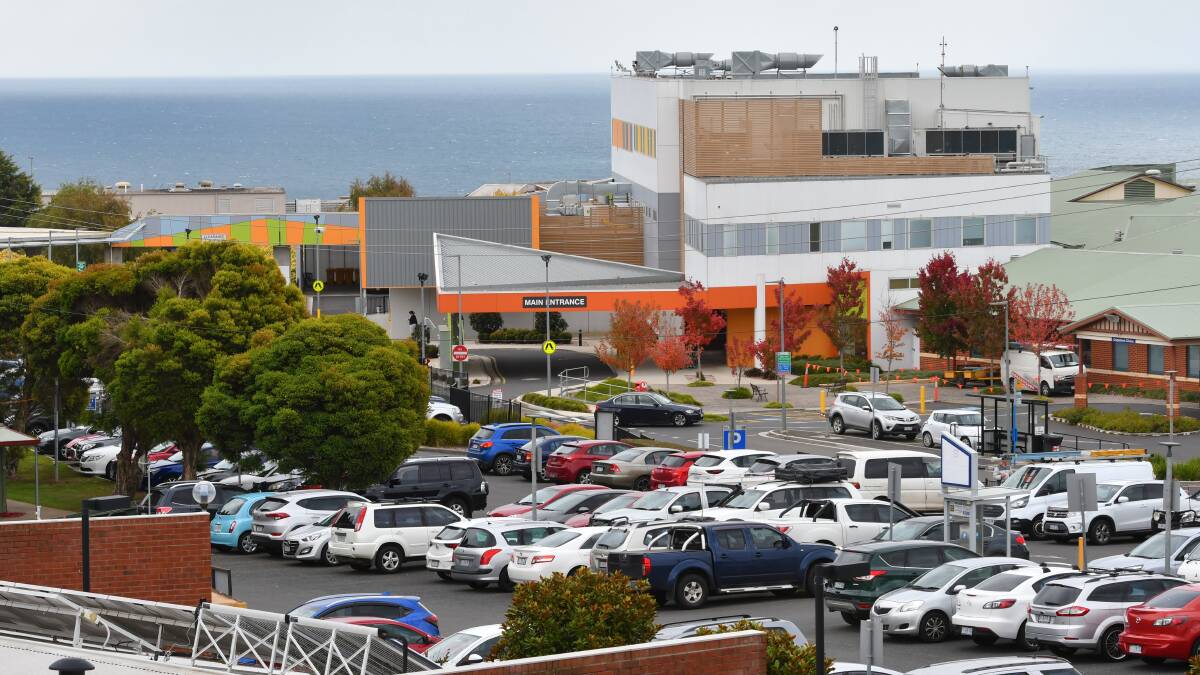
The "entirely avoidable" death of an eight-year-old boy suffering from severe asthma at the North West Regional Hospital should not only come as a complete shock, but should see a major overhaul of the way the system handles these types of cases.
Subscribe now for unlimited access.
$0/
(min cost $0)
or signup to continue reading
The coroner found the boy had died because of substandard medical treatment in 2019, and his asthma was misdiagnosed as a panic attack.
It is unacceptable that in this day and age, at a hospital in Australia, that such a death could not be avoided.
Asthma is a common illness, especially in children.
If our health system cannot treat patients for such a common condition, what hope is there for those suffering from more complex illness?
Since his death, changes have been made, and the state's chief medical officer publicly apologised.
He said there was nothing that could be done to "take that death back", but the focus had since been "entirely on assessing and our systems and our processes to ensure it does not happen again".
An early warning system has now been implemented, which could signal the need for ICU intervention or calling a code blue.
But why did it take a tragedy for this to be put in place? The blame should not fall on the healthcare professionals, who are often overworked, and understaffed, in a high-pressure environment where there is no room for human error.
There must be protocols in place to protect the patients, and those protocols must also include protection for the individual healthcare workers who cannot possibly take on the full burden of decision making.
In a setting such as an emergency department, there needs to be more than plan B, there should be plans C, D and E.
It is not just about processes either, it is about having the right people in the right places.
The Australia Medical Association has argued for a single acute medical hospital on the North West to better attract and retain specialist medical staff.
And the suggestion has its merits due to difficulties in retaining permanent workers.
The government has been vocal on its drive to recruit more health staff, and has revealed that more than 772 people have been employed since June 1.
This trajectory must continue.

